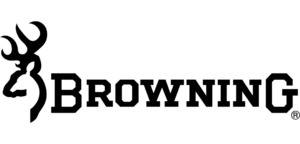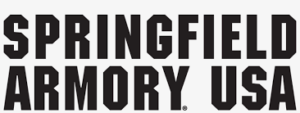Understanding the Basic Types
As a first-time gun owner, it’s normal to feel overwhelmed by the many different types of ammunition available in the market. However, understanding the basics of ammunition can help you make informed decisions when selecting or purchasing ammunition. The following is a comprehensive guide to understanding the basic types of ammunition.
Shotgun Ammo
Shotguns use shotshells that are made up of birdshot, buckshot, and slugs.
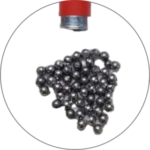
Birdshot
Birdshot is smaller in diameter and is used for hunting small birds or shooting clay pigeons.

Buckshot
Buckshot has a larger diameter and it’s often used for hunting big game or sometimes for self-defense.
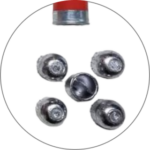
Slugs
Slugs are single, solid metal projectiles and are used for big game hunting or self-defense.
Shotshells are measured by gauge, which is the diameter of the bore of the shotgun. The most common gauges are 12, 20, and .410, with 12 gauge being the most popular.
As a first-time gun owner, understanding the basics of ammunition is crucial for safe and responsible gun ownership. By knowing the different types of ammunition and their terminology, you can make informed decisions when selecting or purchasing ammunition. Remember to always choose ammunition that is appropriate for your firearm and intended use, and always follow proper safety precautions when handling firearms and ammunition. And as always, if you have any questions about ammunition or are unsure about the type of ammo you need, the experts at Advanced Arms are here to help.
Cartridges for Rifles and Handguns
Rifles and handguns use cartridges, which can be classified as either rimfire or centerfire. The main difference between the two is where the primer is located on the case.

Rimfire
In rimfire cartridges, the primer is around the rim or base of the cartridge. The firing pin strikes the outside edge of the cartridge to ignite the primer. Rimfire cartridges are less powerful and less expensive than centerfire cartridges.
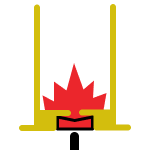
Centerfire
In centerfire cartridges, the primer is in the center of the cartridge, and the firing pin strikes the center to ignite the primer. Centerfire cartridges are more powerful and more expensive than rimfire cartridges. Cartridges are measured by caliber, which is the diameter of the bullet. The most common calibers for rifles are .22, .223, and .308, while the most common calibers for handguns are 9mm, .45, and .40.
Ammunition Terminology
When selecting or purchasing ammunition, it’s important to understand some common terminology used in the industry. Here are some terms you should know:
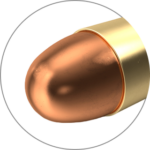
Bullet
This is the projectile that is fired from the gun.
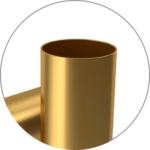
Case
The case is the container that holds the bullet, primer, and gunpowder.
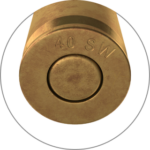
Primer
This is the small metal part that ignites the gunpowder.

Powder
Powder is an explosive substance that propels the bullet out of the gun.
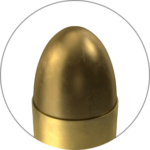
Full Metal Jacket (FMJ)
This type of bullet has a copper or brass jacket that covers the entire bullet, except for the base.
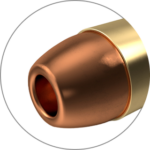
Hollow Point (HP)
This bullet has a hollowed-out tip, designed to expand upon impact for greater stopping power.
As a first-time gun owner, understanding the basics of ammunition is crucial for safe and responsible gun ownership. By knowing the different types of ammunition and their terminology, you can make informed decisions when selecting or purchasing ammunition. Remember to always choose ammunition that is appropriate for your firearm and intended use, and always follow proper safety precautions when handling firearms and ammunition. And as always, if you have any questions about ammunition or are unsure about the type of ammo you need, the experts at Advanced Arms are here to help.


